How to fuse 220V/!5A device on 220V40A circuit
lee676
14 years ago
Related Stories
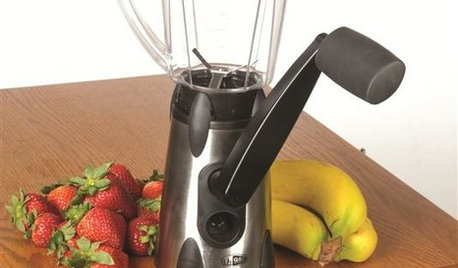
ACCESSORIESEasy Green: Cut Electricity Use With 15 Unplugged Home Devices
Crank up the energy savings, courtesy of household items that come into power the old-fashioned way: manually
Full Story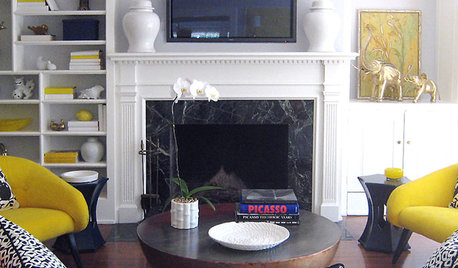
MORE ROOMS5 Ways to Decorate Around a Flat-Screen TV
Color, Placement and Accessories Help that Big Black Screen Blend In
Full Story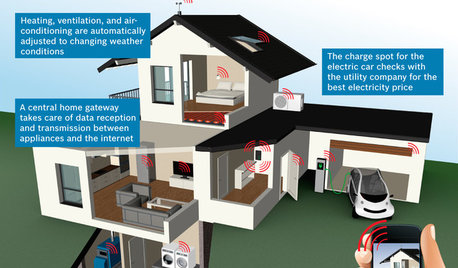
THE HARDWORKING HOMECES 2015: Inching Toward a Smarter Home
Companies are betting big on connected devices in 2015. Here’s a look at what’s to come
Full Story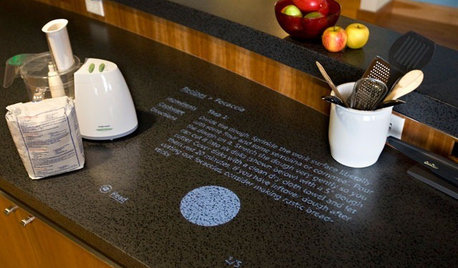
HOME TECHComing Soon: Turn Your Kitchen Counter Into a Touch Screen
Discover how touch projection technology might turn your tables and countertops into iPad-like devices — and sooner than you think
Full Story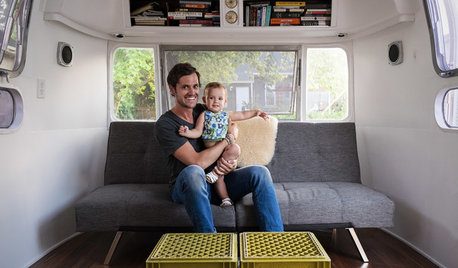
SMALL HOMESHouzz TV: See a Man Turn a ’70s Airstream Into a Cool, Happy Home
You may have already read the article on Houzz — now check out the video of Jordan Menzel’s restored Airstream trailer home
Full Story
PRODUCT PICKSGuest Picks: Score Points With a Minecraft-Inspired Bedroom
Get rave reviews from your kids with bedroom furniture and accessories that stave off zombies and have winning style
Full Story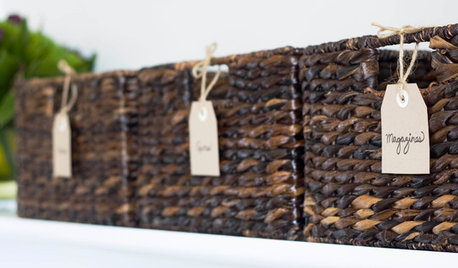
ORGANIZINGGet Organized: Are You a Piler or a Filer?
Tote out the bins and baskets and learn how to be an organized piler if file cabinets leave you cringing
Full Story
LIFEHow to Prepare for and Live With a Power Outage
When electricity loss puts food, water and heat in jeopardy, don't be in the dark about how to stay as safe and comfortable as possible
Full Story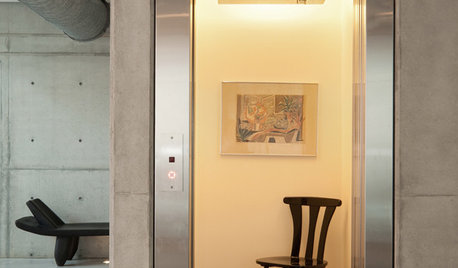
REMODELING GUIDESHome Elevators: A Rising Trend
The increasing popularity of aging in place and universal design are giving home elevators a boost, spurring innovation and lower cost
Full Story


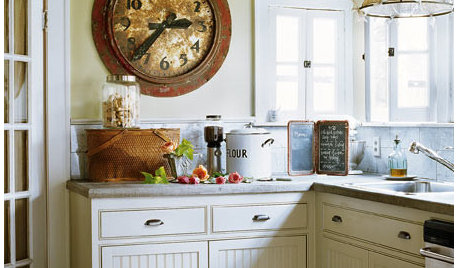


brickeyee
pharkus
Related Discussions
220 v Welder wiring question
Q
Using two fuses to create double-pole for 240v
Q
Circuit breaker requirements for Bosch and Samsung ranges
Q
Same circuit for AC air handler and whole-house fan?
Q
jmvd20
brickeyee
lee676Original Author
brickeyee
pharkus
lee676Original Author
lee676Original Author
brickeyee
lee676Original Author
brickeyee
lee676Original Author
kensnh
lee676Original Author
geovann
brickeyee
saltcedar
lee676Original Author
brickeyee
Billl
kensnh